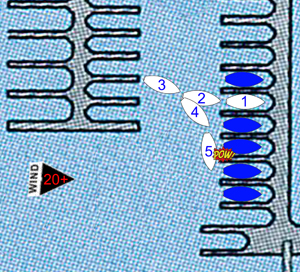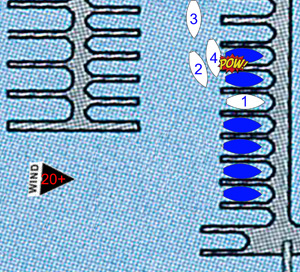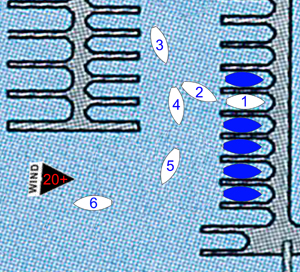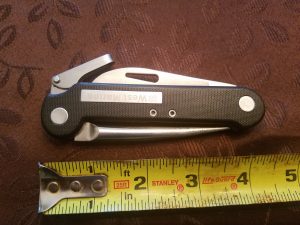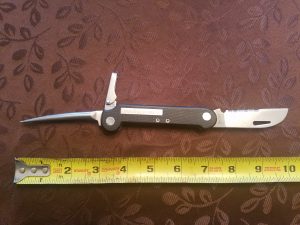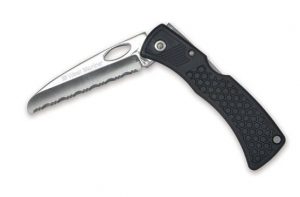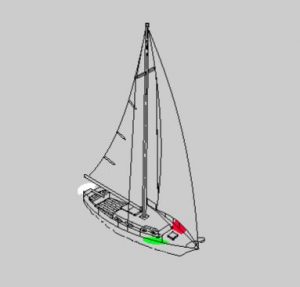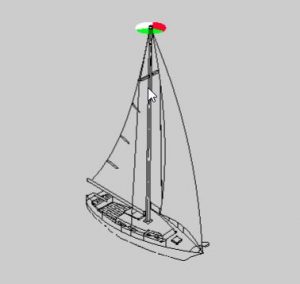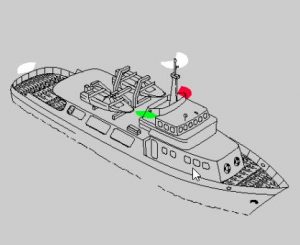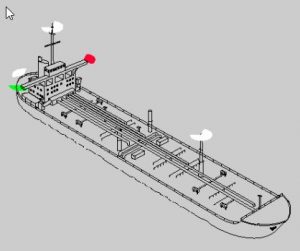“True teachers are those who use themselves as bridges over which they invite their students to cross; then, having facilitated their crossing, joyfully collapse, encouraging them to create their own.”
― Nikos Kazantzakis
So, we all go to school as part of socializing into civilized life and maybe we learn something. We continue to possibly go to university or trade school, and, often with tension, in hope of a future job in mind, and some of us like schooling and only a few truly find a love from the learning, at least from what I see, having been a university teacher for most of my life. Besides teaching, I personally do have a maritime history behind me and have been sailing for some time now, so I thought I would transfer my skills to teaching sailing, of which I do now at Tradewinds, and these are some reflections on the teaching of sailing based on my first class which just recently happened.
I have had many wonderful times teaching English and Interdisciplinary Studies and I do have a love for the profession, but teaching sailing is much on a different level. Yes, one has to get across information and technique but something more goes on beyond any traditional classroom. Teacher and student are with each other for the duration of the class: in a classroom setting, on a boat moving and sailing away from the comforts of land (sometimes in heavy winds), taking lunch together, chatting about life while always keeping in mind lessons in sail trim, docking and undocking the boat, learning rules of the road, operating the engine, talking about aids to navigation, and it goes on. In other words, much is happening and at every moment the teacher needs to be alert while imbuing this sense of alertness to the students. The student is learning a new language, new bodily motor skills, and new awareness not found on land. As for the first-time instructor, like myself, I am also learning the language of teaching sailing. It is possible that I am learning more than my students are learning from me.
Other than all of what goes on, what makes teaching sailing very different is that students come not out of necessity but out of love (mostly)—for the sea, for the challenge, for an elixir from the tensions on land, for therapeutic purposes, or for the purpose to escape demanding purposes. Rarely, if ever, does one come to achieve a better career or get a job; this is not what it is all about. It is more often to escape the job. There are statistics to say that most people do not like their jobs, so coming to sailing is like going to a different world, as a child visits Disneyland. Of course, a thirty-knot wind is not very Disney-like, nor are fifteen-foot swells, but now we are getting existential and entering the sublime. I mention this in that sailing is so much more than going with the winds; it is a way of life with much growth that continues for the duration of life, and the new student learns little by little, but the first steps are the basic classes, in particular Basic Keelboat.
From my observation, the BKB class is when the student discovers the dharma within, meaning duty to one’s inner self in relation to the sea and the sea is a magnet for us all, from where we all came. Let me give you a parable to how this comes to mean:
A person is observing a sage sitting by the running water. This person observes that a scorpion fell into the water from a hanging branch. The sage picks up the scorpion and places it on the ground and then the scorpion stings the sage. The same scorpion climbs the same branch and falls in the water again. The same sage picks up the scorpion from the water and, again, the scorpion stings. The observer asks the sage why pick up the scorpion again after it stings you. The sage replies that it is the dharma of the scorpion to sting and it is the dharma of the human to save.
Without a doubt, the students I taught all had that inner duty to sail and connect with the wind. Something other than the cognitive mind lured them to sailing. Though mistakes were made their journey with the sea began and I feel blessed that I was there to help them. They were one-hundred percent there but sometimes they would drift off to an imagined future of advanced sailing and my job was to bring them back to present reality, meaning you need to tack, and now.
At the end of each of the three days I felt an elation from not so much being a good teacher but rather being able to take part of it all while learning myself. After that class, I felt myself a better sailor as I believe they did. We all learn from each other and when this happens we begin to play, which is a form of learning. Children learn from their play. As soon as they stop playing they cease to learn. We should never give up the element of childlike play. When that happens, we cease to progress in life. More, each movement they made was a movement for learning better sailing and with each movement it was lesson for the teacher. Though I am a new teacher I am sure that most other teachers out there continue to learn, no matter how advanced they may be.
As a teacher I consider myself lucky, and here I will give credit to Tradewinds, a true place of learning. First let me make note that prior to teaching sailing, one must have a Coast Guard Captain’s License and then get certification as a teacher in the American Sailing Association. Once Tradewinds hires you, the trainee must first shadow a class, and one is able to do this as many times as needed, but more, on my actual first class being taught a seasoned teacher went along as a mentor; this is for all new teachers and this is very important. Such a sequence puts focus on the Student/Teacher relationship on a high level bringing forth understanding more than distance. One’s mistakes will be seen and correction can be made, and is it not through mistakes that we learn? Any good teacher will have to admit that teaching is a learning process and I would imagine for the mentor it is also a learning process. To have an experienced instructor along is to allow the newer instructor to be more relaxed. The mentor also takes note of the many nuances that need correction. For me it was time management; there is much to cover and one has to move on and not linger on one or two maneuvers.
Of course, I noticed, as it was pointed out, that I was not always using proper ASA language. When one gets used to sailing steady with a crew, one often uses a private language. It is so important to use the correct terminology for the sake of proper and efficient communications. Another flaw was that I was not always speaking loud enough with the wind and sometimes the student did not hear me. This was an awakening in that I am used to carrying my voice in large spaces, but maybe I was speaking more into the wind rather than the student’s face.
So, what did I do well? I did get intricate on how to properly tack and jibe and tried to instruct the best I could a COB, but time was running short. We also sat around after the three days and discussed what could be improved in all ways, including the instruction. The feeling was positive but corrections were put forth in a very constructive way. Will they perform a perfect COB in the next class? Maybe yes, because the students will work together prior to that next class. When studying something new, one needs discourse along with instruction. I prompted them to continue to sail together and after the class they all agreed. As a team they have the same points-of-reference and will reflect off each other via Tradewinds which always has some kind of discourse for learning sailing. The students are signing up as members and any teacher who gets them will have a good class. I await my next class.

